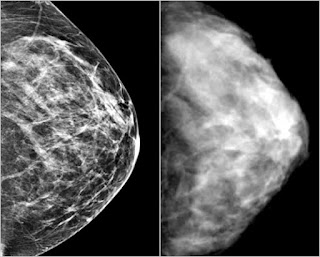Campaign organised by St George Caner Care and Research Centre in association with Kristu Jayanti College
Bangalore:
29 September, 2012: Month of October is dedicated as World Breast
Cancer Awareness Month, world over. St. George Cancer Care and Research
Center in association with the Women Empowerment Cell of the Kristu
Jayanti College launched the “Breast Cancer Prevention Awareness
campaign for 2012”.
The
campaign was inaugurated by Hon’ble Mr. Justice Venkatachaliah, Former
Chief Justice of India, at Kristu Jayanti College Auditorium. Also
present at the occasion where Dr. B. T. Rudresh, Member, Central Council
of Homeopathy, New Delhi; Mrs. Tejeswani N. Raju, BBMP Horamavu Ward
Councillor; Dr. Ali Khwaja, Chairman, Banjara Academy; Dr. Aswath
Narayana, Registrar, Karnataka State Board of Homeopathic System of
Medicine; Rev. Sr. Rose Mary RNDM, Principal, Mariam Nilaya High School,
Banaswadi; Dr. Sebastian Prabhakar, Dean, Bhagavan Budha Homeopathic
Medical College, Bangalore City; Dr. Munawar Sulthana Shaikh, General
Secretary, IHMA Karnataka; Mr. Rejikumar, General Secretary, Kerala
Samajam, Bangalore.
Justice
Venkatachliah said the scientific knowledge transformations going to
take place in the coming years will change the way of thinking and
living of mankind.



